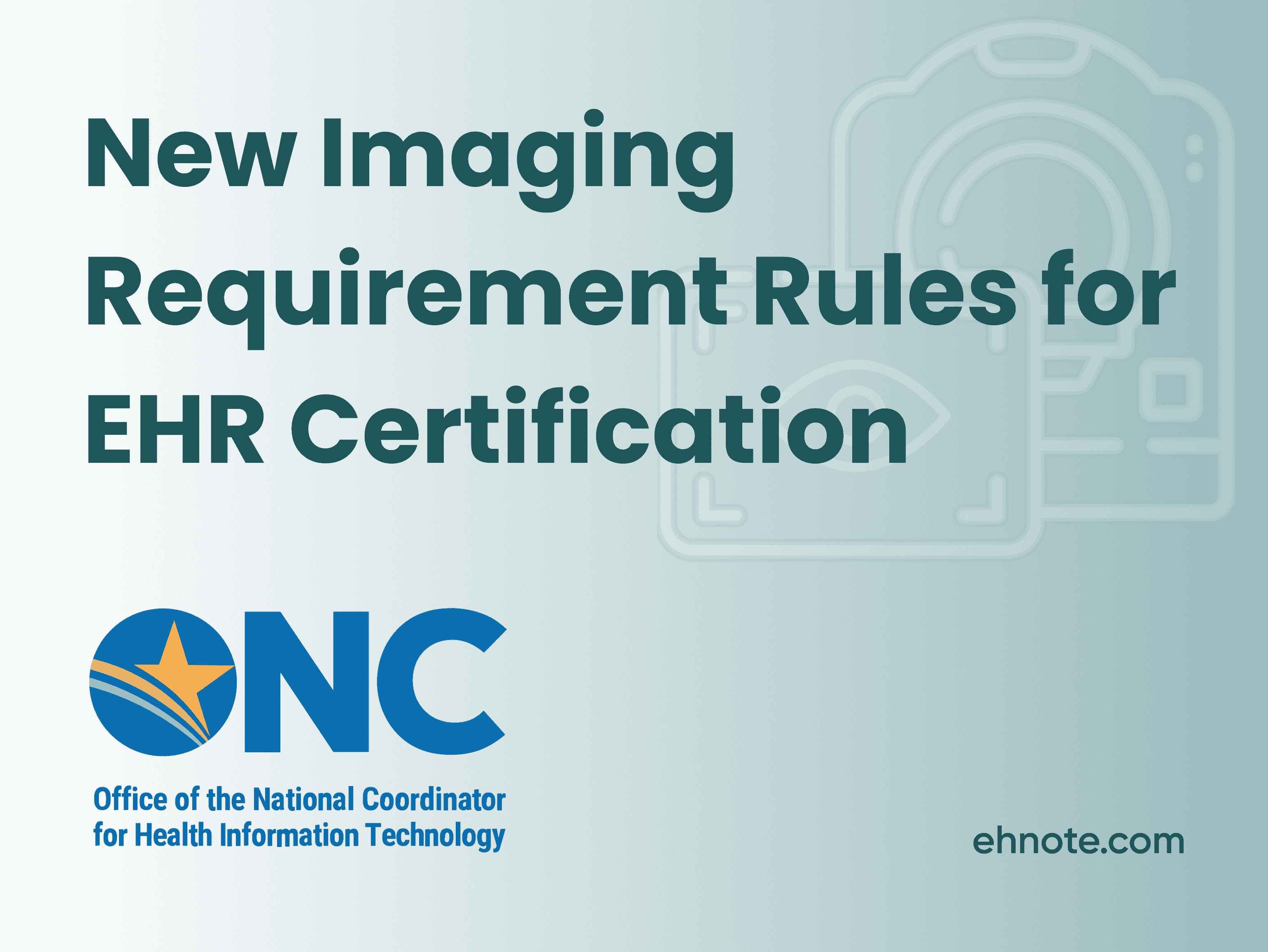Proposed Rule Adds Imaging Requirements for EHR Certification: What Eye Care Providers Need to Know

The U.S. Department of Health and Human Services (HHS) Office of the National Coordinator for Health Information Technology (ONC) has introduced a proposed rule aimed at enhancing imaging requirements for EHR certification. This rule is set to revolutionize how medical imaging is integrated and accessed within electronic health records, marking a significant step forward for healthcare providers.
Understanding the Proposed Rule
The new rule from ONC seeks to update three key certification criteria to support electronic image exchange: transitions of care, application access, and standardized API for patient and population services. This initiative aims to reduce reliance on physical media like CD-ROMs for sharing diagnostic images and promote more efficient, secure methods of data exchange.
Starting January 1, 2028, certified EHRs will need to include imaging links that allow viewing or retrieval of images over a network. This encompasses both diagnostic-quality images and lower-resolution images, facilitating better access and utilization of medical imaging data.
The Importance of Imaging in Ophthalmology
For ophthalmologists, access to detailed imaging is crucial for accurate diagnosis and treatment planning. High-quality images of the eye, such as those from Optical Coherence Tomography (OCT) and fundus photography, are essential for monitoring conditions like glaucoma, macular degeneration, and diabetic retinopathy.
Integrating these images seamlessly into the EHR system enhances the efficiency and accuracy of patient care. It ensures that all relevant information is available at the point of care, reducing the chances of errors and improving clinical outcomes.
So, What You Need to Know When Looking for an Ophthalmology EHR
When selecting an Ophthalmology EHR, it's essential to consider features that align with the new ONC requirements and support the unique needs of eye care providers. Here are some critical functionalities to look for:
DICOM Management:Ensure the EHR supports DICOM imaging, allowing easy integration with diagnostic imaging devices. This feature is vital for automating the extraction and addition of images to patient records.
Fully Digitized Operations:A robust EHR should offer fully digitized workflows, from capturing diagnostic images to securely sharing them across platforms. This minimizes manual data entry and reduces the risk of errors.
Seamless Information Sharing:Look for systems that facilitate easy and secure information sharing. This includes the ability to share imaging data efficiently, ensuring that all relevant medical information is readily accessible.
Mobility and Accessibility: The EHR should support access from various devices, including mobile phones, tablets, and desktops. This flexibility ensures that healthcare providers can access patient information and images from anywhere, enhancing care coordination.
Automated Processes: Automated processes for image extraction, storage, and retrieval help streamline operations. This feature saves time for healthcare providers, allowing them to focus more on patient care rather than administrative tasks.
Aligning with the Future of Healthcare
The new ONC rule represents a significant shift towards more integrated and efficient healthcare systems. For ophthalmologists, adopting an EHR that meets these new imaging requirements is not just about compliance but also about enhancing patient care and operational efficiency.
EHNOTE Vision: What the CEO of EHNOTE has to say about this new Update!
EHNOTE has always aimed to push the boundaries of what Ophthalmology EHR software can achieve. Our goal aligns perfectly with the new ONC regulations, as we have prioritized seamless integration and ease of access from the very beginning. This proposed rule is a step in the right direction for the industry, and we are proud to be ahead of the curve,
Benefits of Compliance
Improved Efficiency: Automating the integration and management of diagnostic images reduces the workload on healthcare providers, allowing them to focus more on patient care.
Enhanced Patient Care: Real-time access to comprehensive patient imaging records enables more informed decision-making, leading to better diagnostic accuracy and treatment outcomes.
Secure and Compliant Data Handling: Ensuring robust security measures and compliance with regulations like HIPAA protects patient data, maintaining trust and avoiding legal issues.
The ONC's proposed rule for imaging requirements in EHR certification is a positive step towards more integrated and efficient healthcare systems. By understanding these requirements and choosing an Ophthalmology EHR that aligns with them, eye care providers can ensure compliance, enhance patient care, and improve operational efficiency.
Stay ahead of the curve and prepare your practice for the future of healthcare. By prioritizing these essential features in your EHR system, you'll be well-equipped to meet regulatory standards and deliver exceptional patient care.
